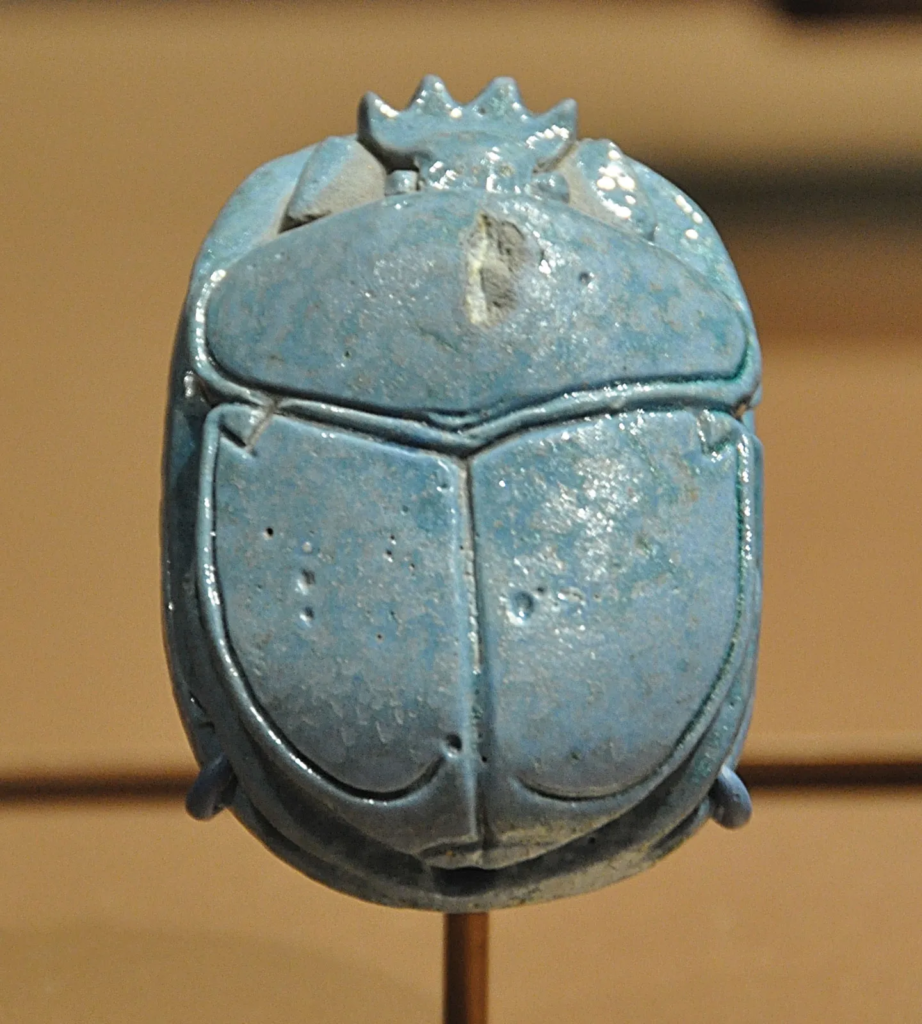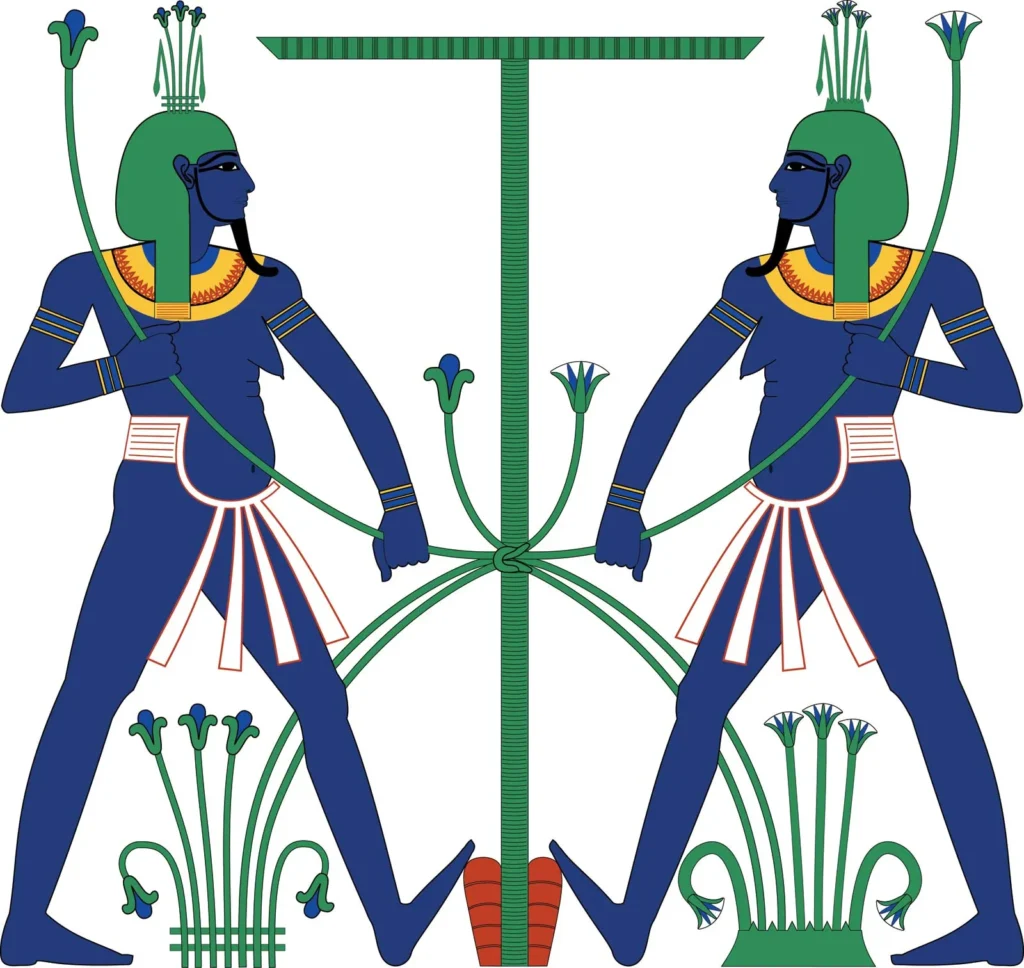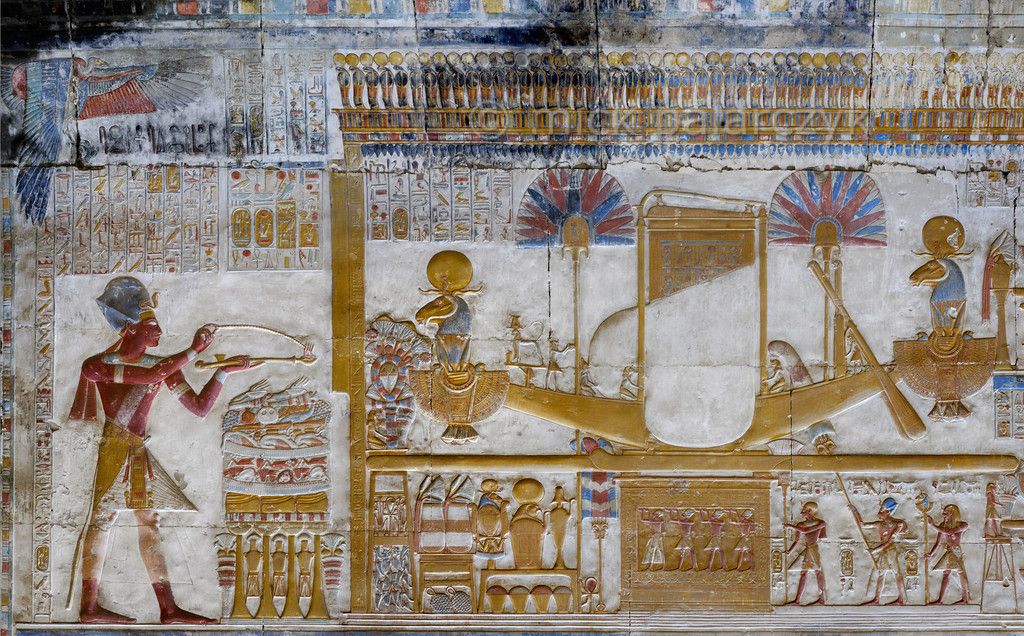1.929.351.3752
[email protected]
At House of Royals we seek to use the power of resurrecting ancient techniques to heal and diversify the soul. Our team of passionate Egyptologists, tour guides, dedicated researchers, and local tribal cultural torch holders have brought back to life and reimagined some of the healing ceremonies done by the ancients for our modern world. View and and learn more about some of the ceremonies you can experience in our packages.
Ceremonies will consist of demonstrations and reenactments of ancient practices for the purpose of educational enrichment and holistic healing.
Please note, not all packages include these ceremonies. Use our inquiry form to learn more about which packages contain what.
The Scarab Ritual Ceremony centers around an altar with offerings and a scarab statue, symbolizing transformation. Priests light incense and offer prayers as the sun rises, leading a procession that honors Khepri’s role in creation and daily rebirth. A sacred object is buried, representing the soul’s resurrection, and participants are blessed with scarab amulets dipped in sacred oils for protection and renewal. The ceremony closes with a final prayer, and attendees depart with scarab amulets, symbolizing their connection to the divine cycle of life and rebirth.
Preparation of the Altar: The altar is adorned with offerings of fresh bread, fruits, and small scarab amulets, symbolizing the soul’s journey and transformation. A central place is given to a large, intricately carved scarab statue, representing Khepri.
Incense and Prayers: Sacred incense made from myrrh, frankincense, and other aromatic resins is lit, and its fragrant smoke rises, believed to carry the prayers of the people to the gods. The priests offer prayers for protection, renewal, and the continued cycle of life, asking Khepri to guide and protect the pharaoh and the land.

The Scarab Procession: As the sun begins to rise, symbolizing Khepri’s daily journey across the sky, a procession of priests carrying scarab amulets, statues, and relics moves through the temple. They chant hymns that honor the scarab’s symbolism as a force of creation, pushing the sun across the sky and ensuring the rebirth of the world each day.
The Ritual of Transformation: At the peak of the ceremony, a symbolic act of transformation is performed. A sacred object, often a stone or small statue, is buried or placed within a ceremonial container marked with scarab symbols. This act represents the burial and resurrection of the soul, aligning the participants with the regenerative powers of Khepri.
Blessing the People: The high priest blesses the gathered people with a scarab amulet dipped in sacred oils, invoking protection and renewal for each individual. The amulets are believed to carry the blessings of Khepri, offering spiritual protection and ensuring the soul’s journey through life and into the afterlife.
Closing the Ceremony: The ceremony concludes with a final prayer to Khepri, thanking him for his protection and guidance. The participants leave the temple, each carrying a small scarab amulet as a token of the ceremony’s blessings, symbolizing their personal connection to the divine cycle of life, death, and rebirth.
The Opet Renewal Ceremony is based on the Opet Festival, an annual religious celebration in Thebes (modern day Luxor) that honors God Amun, his wife Mut, and their son Khonsu. It symbolizes the renewal of the pharaoh’s divine power and Egypt’s prosperity. The festival features a grand procession of the gods’ statues from Karnak to Luxor Temple, carried in ceremonial barges. Lasting several days, it includes rituals, offerings, and celebrations to reaffirm the pharaoh’s connection to the gods and the nation’s well-being. The Opet Festival begins with the preparation of sacred statues of God Amun and his family at Karnak Temple. The statues are then carried to Luxor Temple in a grand procession, where rituals and offerings are then performed to renew the pharaoh’s divine power, followed by feasts and celebrations. The festival ends with the statues returning to Karnak Temple.

The Opening of the Mouth ceremony is an essential ritual in ancient Egypt performed to prepare a deceased person for the afterlife. This ceremony aims to restore the deceased’s senses and enable them to eat, speak, and breathe in the afterlife.In the Opening of the Mouth ceremony, the deceased is placed on a platform, cleaned, and anointed with oils. The officiating priest uses sacred tools, including a ceremonial blade, to symbolically open the mouth while reciting prayers and spells from the Book of the Dead, invoking blessings from Osiris, the god of the afterlife. Offerings of food and drink are presented to symbolize sustenance in the afterlife, and the priest concludes the ritual by blessing the deceased, ensuring they are prepared for their journey into the spiritual realm. This essential rite signifies the transition from the physical world to the afterlife.
The Opening of the Mouth (“wepet-er”) was the most significant aspect of the burial ritual in ancient Egypt. It transformed the deceased into an akh, a reanimated and powerful spirit, one of the key components of the Egyptian concept of the soul. This ritual dates back to the Old Kingdom and remained central to Egyptian funerary practices throughout history.
When performed on a mummy, the ritual enabled the deceased’s spirit to see, speak, hear, breathe, and receive offerings of food and drink. If conducted on a statue—or from the New Kingdom onward, a coffin—it allowed the statue to serve as a stand-in for the body. This ensured that if the body were ever damaged or destroyed, the statue could still function as a replacement. Many tombs featured a statue of the deceased in a sealed chamber called a serdab. During the fourth dynasty of the Old Kingdom, only a bust of the tomb owner’s head was placed in these tombs.
The Weighing of the Heart ceremony is a pivotal ritual in ancient Egyptian belief that determines the fate of the deceased in the afterlife. This ceremony symbolizes the judgment of the soul, where the heart, representing the individual’s deeds and moral character, is weighed against the feather of Ma’at, the goddess of truth and justice. Initially, the deceased is prepared through mummification, with the heart preserved for the judgment. Upon arrival at the Hall of Two Truths, overseen by Osiris, the heart is weighed against the feather of Ma’at on a scale. This weighing symbolizes the balance between the individual’s actions in life and the principles of truth. If the heart is lighter than the feather, the deceased is deemed virtuous and granted passage to the Field of Reeds, while a heavier heart signifies wrongdoing, leading to eternal damnation as it is devoured by Ammit. The outcome is recorded, finalizing the soul’s fate in the afterlife.
The Osiris Ceremony, also known as the Osirian Mysteries, is an ancient Egyptian ritual centered around the resurrection of Osiris, the god of the afterlife. This ceremony symbolizes the themes of death, rebirth, and the eternal cycle of life, offering participants spiritual renewal and connection to the divine.The **Osiris Ceremony** begins with the purification of participants through ritual washing and anointing with oils. It features a dramatic reenactment of the myth of Osiris, highlighting his death by Set, resurrection by Isis, and role as the ruler of the underworld. Participants offer food, drink, and symbolic items to honor Osiris, while priests invoke deities through prayers and hymns for protection and guidance. Initiates undergo a symbolic death and rebirth, anointed with sacred oils and adorned in white linen to represent purity. The ceremony concludes with a communal feast, celebrating Osiris’s blessings and the promise of eternal life, reinforcing the cyclical nature of life and death.
The Self-Improvement Ceremony in ancient Egypt serves as a transformative ritual designed to promote personal growth, spiritual awakening, and self-reflection. Participants engage in practices aimed at aligning their intentions with divine principles, fostering inner harmony and a deeper connection to their true selves. participants begin by undergoing purification through ritual washing and anointing with sacred oils, cleansing past negativity and preparing for personal growth. They gather in a sacred space to set intentions for self-improvement, reflecting on areas of their lives they wish to enhance. Guided meditation sessions lead them through visualizations, allowing a deep connection with their inner selves to envision their desired outcomes. Participants present offerings such as incense and flowers to the deities, inviting blessings and guidance. Priests then invoke the presence of deities associated with wisdom and growth, seeking their assistance in the participants’ journeys. Participants affirm their intentions aloud, solidifying their commitment to self-improvement. The ceremony concludes with a communal sharing of food and drink, celebrating the collective journey and the support of the community, embodying the ancient Egyptian belief in self-reflection and transformation.
The Book of the Dead Ceremony is a significant ancient Egyptian ritual designed to guide the deceased through the afterlife and ensure a safe passage to the realm of the dead. This ceremony is centered around the readings from the Book of the Dead, a collection of spells and incantations that provide instructions and protections for the deceased. the deceased is mummified and placed in a decorated sarcophagus with important funerary items, including the Book of the Dead scroll. The ceremony begins with the opening of the tomb, where priests invoke blessings and welcome the spirit. They recite spells from the Book of the Dead to protect the deceased in the afterlife. Offerings of food and drink are made to appease the gods, while the heart is weighed against the feather of Ma’at to assess the purity of the deceased’s life. The ceremony concludes with final blessings, ensuring the deceased is protected on their journey to the afterlife.

The Womb Ceremony is a transformative ritual celebrating the resilience, power, and healing potential of women. Inspired by the matriarchal traditions of ancient Egyptian and African cultures, this sacred ceremony is designed to guide women on a journey of self-exploration, empowerment, and holistic healing. At its heart lies the recognition that the womb is the energetic and spiritual core of feminine power—a sacred space deeply tied to creation, intuition, and emotional strength. Through guided breathing techniques, meditative practices, and intentional yogic movements, participants are invited to release emotional wounds, trauma, or experiences that may have disrupted their connection to their inner selves. The ceremony provides a safe and nurturing environment to reclaim balance, restore harmony, and honor the sacred feminine essence within. Participants are encouraged to connect with their inner wisdom, embracing the transformative energy of self-love, forgiveness, and renewal. By fostering a deeper awareness of their body and soul, this ceremony serves as a catalyst for emotional and spiritual growth, empowering women to step into their full strength and authentic selves.

Embark on a journey through the rich and calming traditions of Egyptian tea culture with Royal Shai Time: Welcome Tea Party. Though the modern concept of tea as we know it was introduced to the land of the Pharaohs around the 16th century, it has since become a beloved ritual for its numerous benefits to the mind, body, and spirit. This ceremony offers an immersive experience into the soothing and social traditions surrounding tea in Egypt. Guests are invited to savor a curated selection of traditional Egyptian teas, including:
Koshary Tea: A bold, black tea served with sugar, embodying the vibrant flavors of Egyptian daily life.
Shai Bil Nana: A refreshing blend of black tea infused with fresh mint leaves, perfect for rejuvenating the soul.
Saidii Shai: A robust and intensely brewed tea from Upper Egypt, steeped to perfection for those seeking depth and character.
Herbal Infusions: A variety of steeped herbal teas showcasing the healing and calming properties of native Egyptian herbs.
Join us to explore the historical and cultural significance of tea in Egyptian life. Relax, connect, and rejuvenate as you sip, savor, and celebrate the timeless art of tea.

Step into the sacred space of renewal and begin your journey of transformation with the Royal Sage Bath Purification Ceremony. Rooted in the ancient traditions of Africa and beyond, sage has long been revered for its powerful healing properties. This ceremony is designed to cleanse and rejuvenate the body, mind, and spirit, creating an opportunity to release negative energy and restore inner harmony.

Through the gentle and intentional use of sage, participants are guided in a ritual of purification, offering the chance to let go of past burdens, unhealthy patterns, or stagnant energy. The experience is enhanced with mindfulness practices, soothing aromatics, and a nurturing atmosphere, inviting participants to reconnect with their highest selves. To honor the sacredness of the ceremony, we kindly ask participants to agree to certain guidelines:
No cell phones or technology in the purification area. Refrain from the use of drugs, smoking, or any substances during the ceremony. Any questions or concerns may be addressed with the hosts for guidance and clarity.
Immerse yourself in the purifying embrace of this ancient ritual and emerge refreshed, renewed, and ready to step forward with clarity and strength.